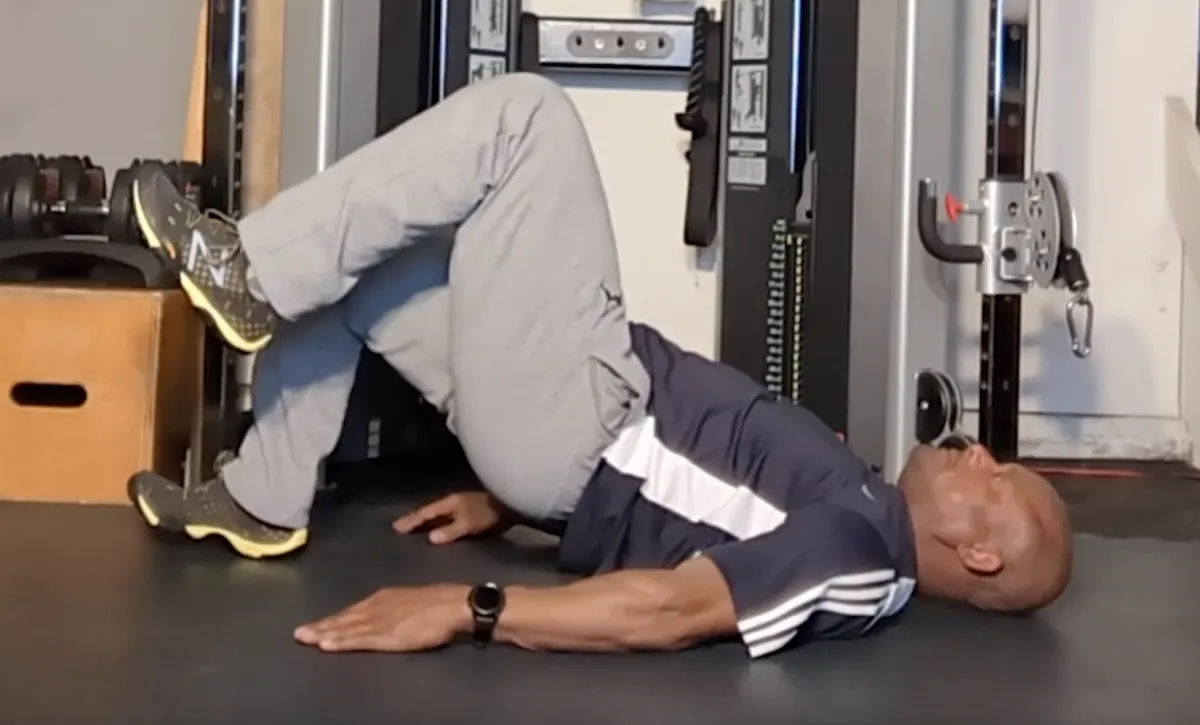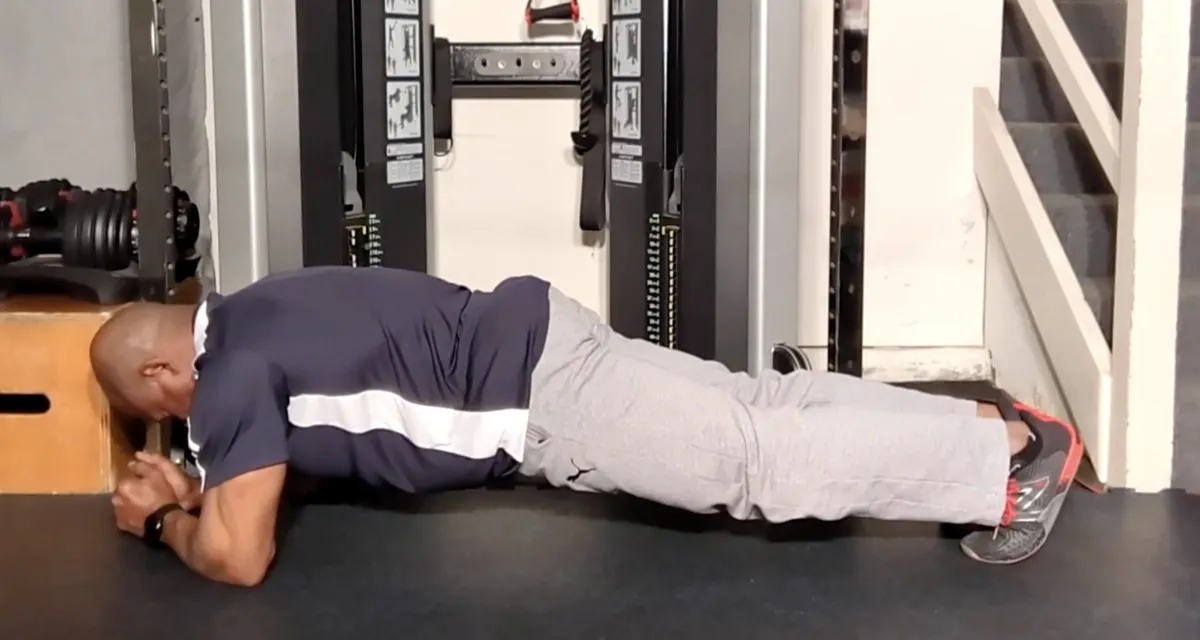
RESOURCES

Do You Need a Knee Brace? When to Use One for Pain Relief
Knee pain is a common issue that can significantly impact your daily life. One potential solution to alleviate discomfort and provide support is the use of a knee brace. But how do you know when it's time to consider this as an option? Let's explore the signs that indicate you might benefit from a knee brace and how to choose the right one for your needs.

Understanding Knee Braces
Knee braces are designed to support and stabilize the knee joint, helping to reduce pain and prevent further injury. They come in various types, each serving a specific purpose:
Prophylactic Braces: Designed to prevent injuries during high-risk activities.
Functional Braces: Provide support to knees that have already been injured.
Rehabilitative Braces: Limit harmful knee movement while a knee is healing after an injury or surgery.
Unloader Braces: Designed to relieve pain in people who have arthritis in their knees.
Signs You Might Need a Knee Brace
Persistent Pain: If you're experiencing ongoing knee pain that doesn't improve with rest and self-care, a knee brace might help alleviate discomfort by providing additional support.
Swelling and Inflammation: Chronic swelling can indicate underlying issues such as arthritis or tendonitis. A knee brace can help manage these symptoms by offering compression and stability.
Instability: A feeling that your knee is giving way or unable to support your weight suggests instability, possibly due to ligament injuries. In such cases, a functional brace can provide the necessary support.
Post-Surgery Recovery: After knee surgery, a rehabilitative brace can protect the joint and control movement as you heal.
Engaging in High-Risk Activities: If you participate in sports or activities that put significant stress on your knees, wearing a prophylactic brace can help prevent injuries.
Choosing the Right Knee Brace
Selecting the appropriate knee brace depends on your specific condition and needs. Here are some considerations:
Consult a Professional: Before using a knee brace, it's essential to consult with a healthcare provider to determine the underlying cause of your knee pain and receive personalized recommendations.
Proper Fit: A well-fitted brace is crucial for effectiveness. It should be snug but not too tight, ensuring comfort and adequate support.
Type of Brace: Based on your condition/symptoms, choose the appropriate brace type. For example, an unloader brace is beneficial for arthritis, while a functional brace is suitable for ligament injuries.

Using a Knee Brace Effectively
To maximize the benefits of a knee brace:
Follow Professional Guidance: Adhere to the advice and instructions provided by your healthcare provider regarding when and how to wear the brace.
Wear During Activities: Use the brace during activities that exacerbate your pain or when additional support is needed.
Regular Maintenance: Keep the brace clean and inspect it regularly for signs of wear and tear to ensure it continues to provide adequate support.
When to Seek Further Medical Attention
While knee braces can be beneficial, they are not a cure-all. It's important to seek further medical attention if:
Pain Persists or Worsens: If your pain continues despite using a knee brace, consult a healthcare professional for a comprehensive evaluation.
New Symptoms Develop: Experiencing new symptoms such as numbness, increased swelling, or changes in skin color necessitates prompt medical attention.
Functional Limitations: If you find it increasingly difficult to perform daily activities, a healthcare provider can offer additional treatment options.
To sum it up, knee braces can be a valuable tool in managing knee pain and providing support during various activities. However, it's essential to identify the underlying cause of your discomfort and consult with a healthcare professional to determine if a knee brace is appropriate for your situation. By taking a proactive approach and following professional guidance, you can make informed decisions about your knee health and overall well-being.
Sheila Mann's Testimonial
Sheila Mann doing Suspension Strap Push-ups on an elevated Single Leg.
Just another Saturday Workout Part 2
Spray Tan Fitness
Dreams or Goals
Intro to Self-Myofascial Release
Self Massage using the Energy F X Tube (Upper Body)
Self-Massage for Lower Body using Energy F X Tube (IT Band , Glutes)
Level 3
This is our advance level. In this level you will be asked to increase the challenges to your strength, balance and to some degree, your conditioning. We continue to focus on the major joints of the body (hips, shoulder, and knees) with the added challenge of resistance. This level also includes the added challenge of coordination, as many movements require the integrated movement of both upper and lower body.

Level 4
This is our premium level. In this level you will be asked to significantly challenge your body through increased demands on your functional core strength in movements that will significantly challenge your balance and strength simultaneously. Here we will ask you to begin to optimize your balance, core activation, and improved range of motion in a functional aspect – integrated movement of both upper and lower body, but at a higher level of accountability.

